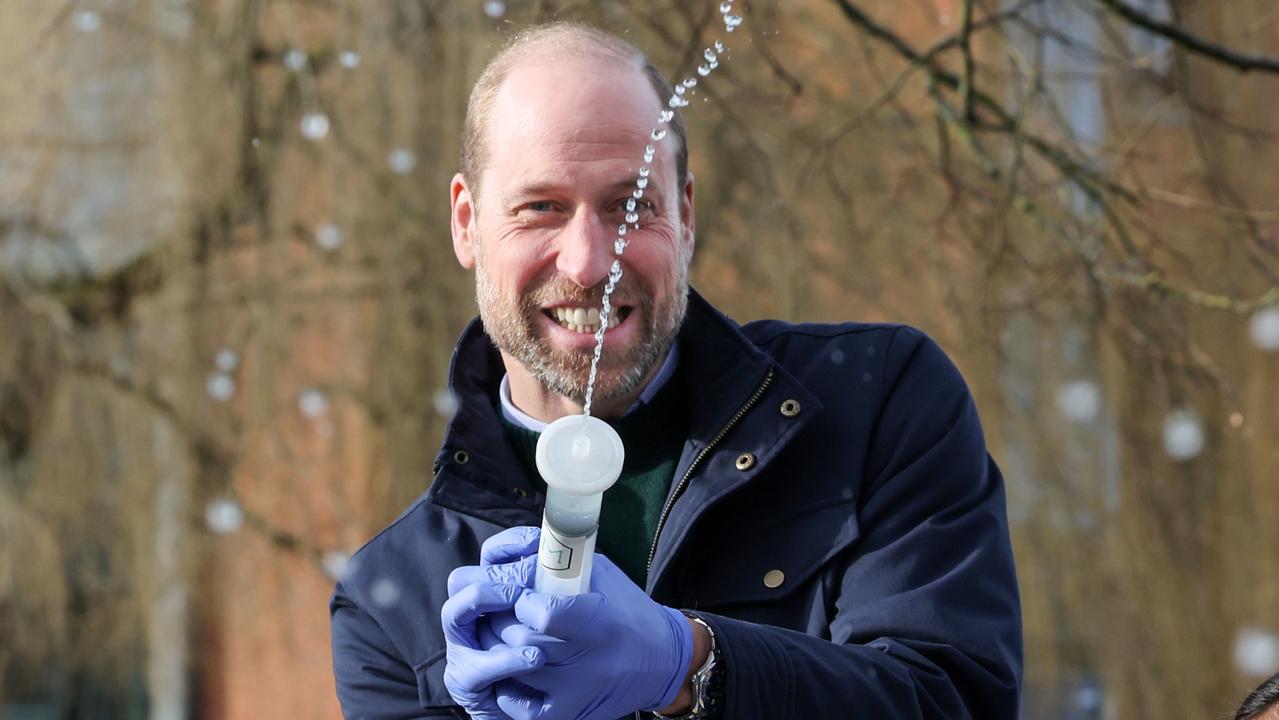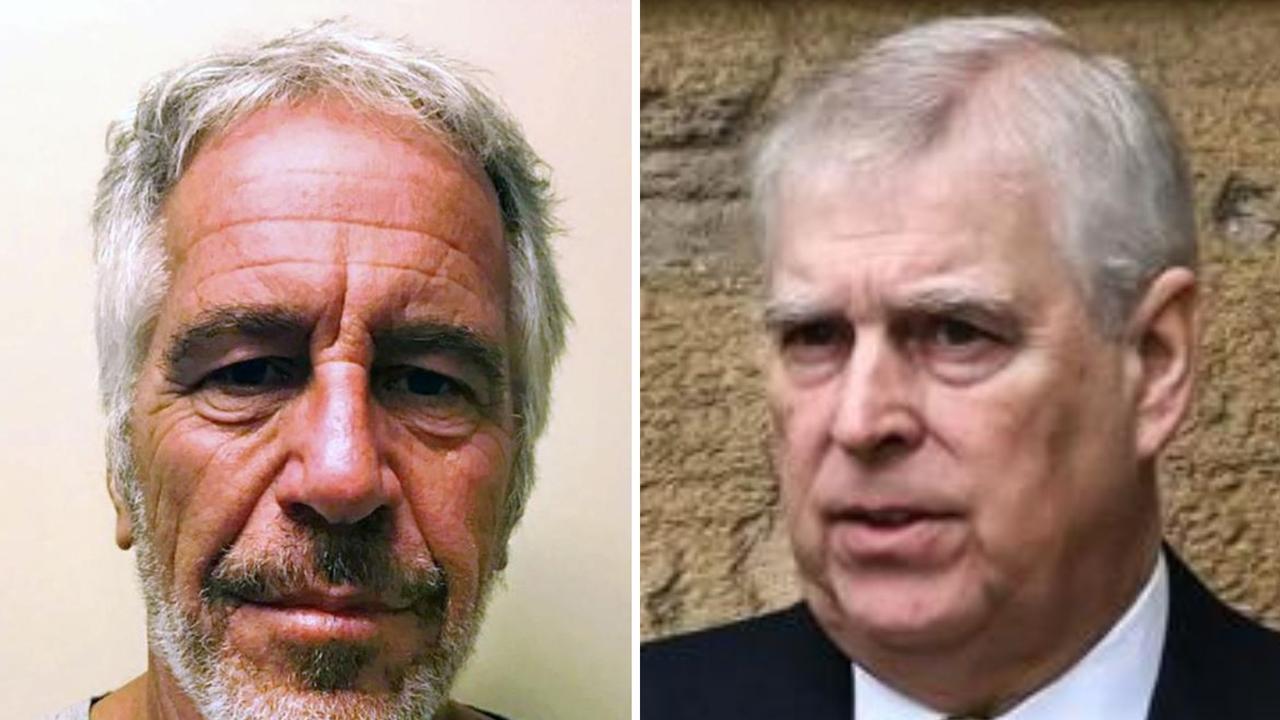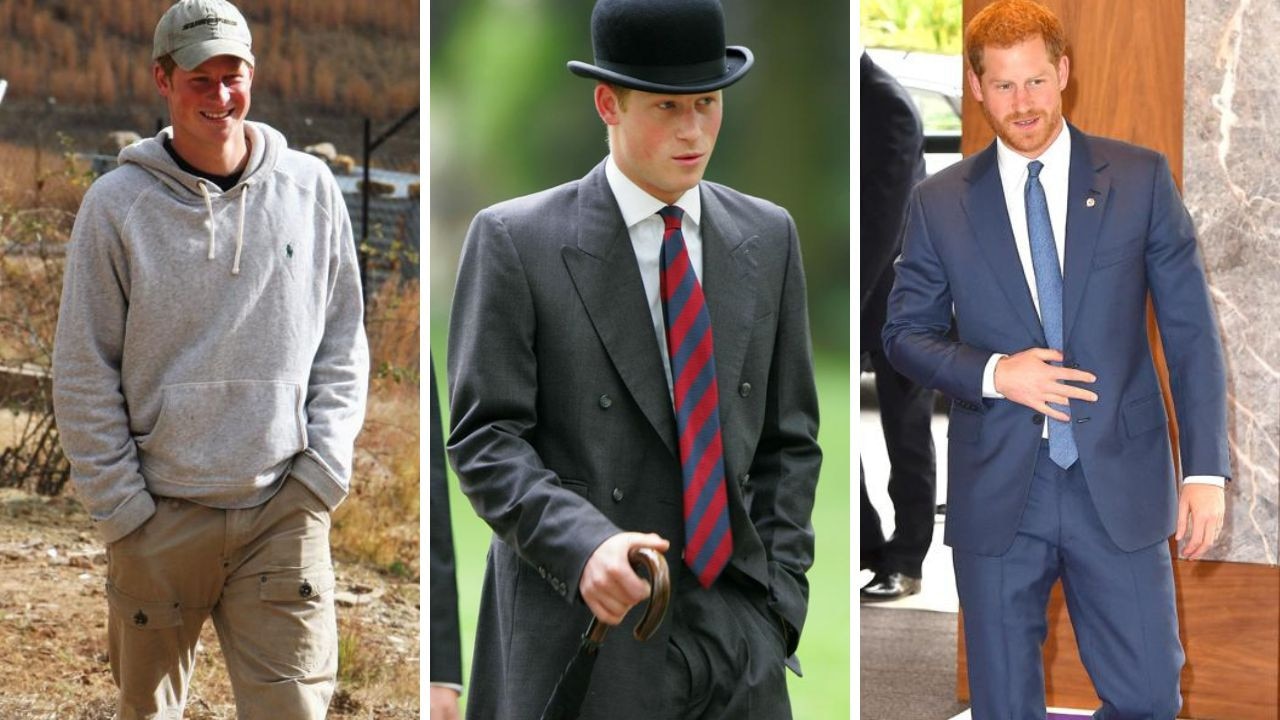How Princess Diana’s death shamed the royals into a much-needed makeover
IT’S been almost 20 years since the world mourned the death of Princess Diana but despite the tragedy, something good has come out of it.
BY THE morning of September 1, 1997, the flowers were already out of control.
Just over 24 hours after Diana, Princess of Wales, had been killed in a car accident in Paris, mourners had left a tsunami of blooms, teddy bears and cards in front of her Kensington Palace home.
It quickly got to the point where palace guards had to find a different way to enter the grounds, as the main gate was completely obstructed. (Over the next week and a half, it’s been estimated, more than 12 tonnes of bouquets would be left in her honour around the city.)
Down the street at St James Palace — where Diana’s coffin, draped in the Royal Standard flag, had been delivered as 19 million viewers watched on TV — mourners waited up to 11 hours to sign condolence books.
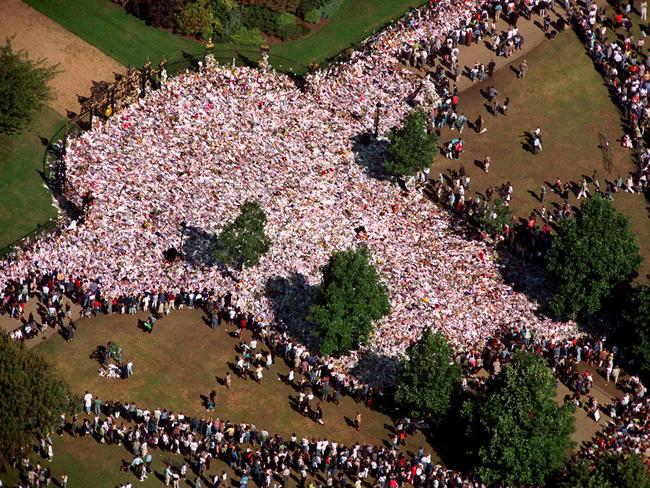
Throughout London, citizens openly wept in the streets.
Meanwhile, Queen Elizabeth II remained silent and in absentia, holed up 830km away at Balmoral Castle in Scotland.
After days of this, the citizenry grew weary. Why wasn’t the Union Jack outside Buckingham Palace flying at half-staff? Why hadn’t their queen uttered a word?
Shamed by the press and the public for being cold and callous, the royal family had a crisis on its hands.
Finally it was announced that the flag would be lowered for Diana’s funeral on September 6.
On September 5, six days after the death of her former daughter-in-law, Queen Elizabeth spoke to a heartbroken nation — her first live televised speech in nearly four decades.
“What I say to you now, as your queen and as a grandmother, I say from my heart. I want to pay tribute to Diana myself. She was an exceptional and gifted human being. In good times and bad, she never lost her capacity to smile and laugh, nor to inspire others with her warmth and kindness.”
Warmth and kindness — traits seemingly so foreign to the royals. But if they didn’t develop some human emotion, the monarchy would never survive in the 21st century.
Now, Diana’s own sons have given the royal family a makeover even the princess herself would never have dared imagine, and ironically it’s all due to her untimely death.
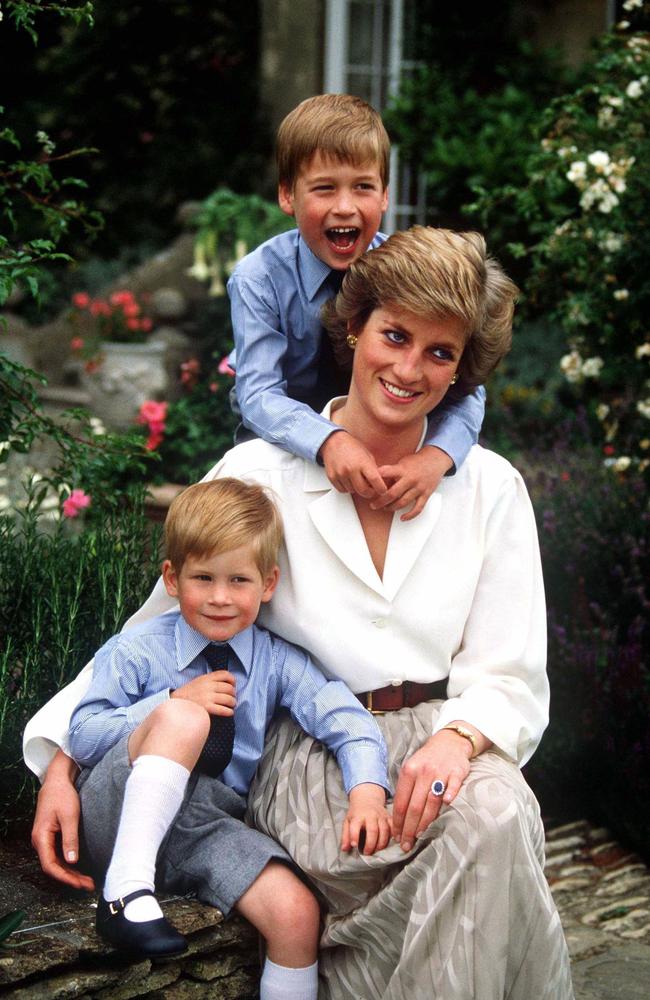
The greatest memorial — and reminder — that this August will commemorate the 20th anniversary of her death is how William and Harry have chosen this year to start talking about her passing.
In a very deliberate move, the princes are sharing stories of their personal trauma to help break down barriers and build awareness for mental illness.
Speaking to The Telegraph in April, Harry, 32, confessed he “shut down all emotions” for years, coming close to a “breakdown” or “hitting somebody” while dealing with depression years after his mother’s death. “My way of dealing with it was sticking my head in the sand, refusing to ever think about my mum, because why would that help? [I thought] it’s only going to make you sad. It’s not going to bring her back.”
Eventually, William intervened and suggested his brother seek professional help. “He kept saying, ‘This is not right, this is not normal, you need to talk ... about this stuff, it’s OK’,” Harry recalled.
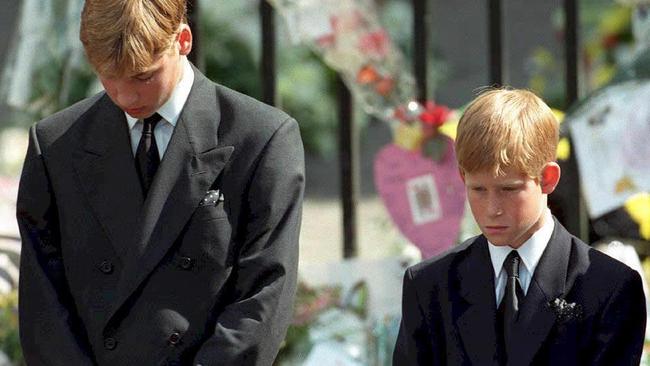
William himself also has spoken publicly about how the “shock” of learning of his mum’s death has never gone away.
In an article in British GQ this month, he said, “It is not like most people’s grief, because everyone else knows about it. Everyone knows the story. Everyone knows her.”
“The irony is that if Charles had died and Diana was left behind to care for their sons, she would definitely have tended to their emotions — sought counselling for them, whatever it took,” says Christopher Andersen, best-selling author of Game of Crowns.
“Instead, it was the other way around, and the royal family did little if anything to really address the overwhelming grief that William and Harry faced at the time of their mother’s death and over the years since.
“Remember, only hours after being told that their mother had been killed in a car crash, the boys were forced by the queen to attend Sunday church services during which their mother’s name was never even mentioned,” Andersen added. “At one point during the service, a very confused Prince Harry actually leaned over to his father Prince Charles and asked, ‘Are you sure Mummy is dead?’ ”
Now Harry, along with William and his wife, Catherine, the Duchess of Cambridge, have formed Heads Together, an initiative raising money and awareness for mental health, a continuation of Diana’s legacy of having lent her voice to those who were previously silenced in society.
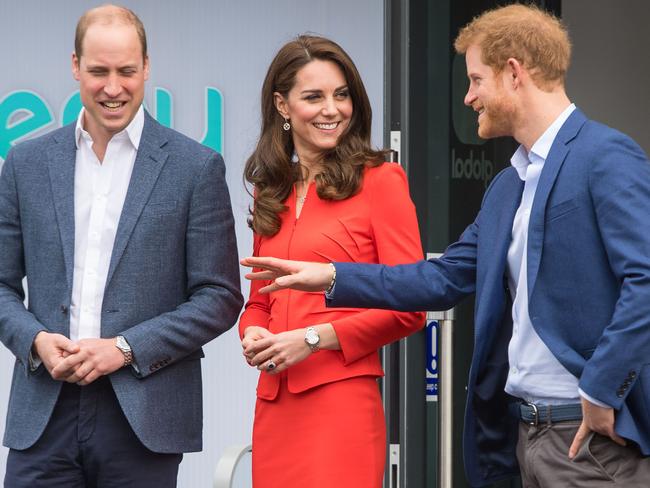
The People’s Princess had a modern approach to monarchy, making it feel caring and warm in a way never witnessed before at Buckingham Palace. She held hands with HIV patients, took her sons to visit London’s homeless and walked through a field strewn with landmines. No one in the royal family had previously worked so hard to make the untouchable or unspeakable part of the conversation.
Her empathy may have come from her own private struggles. A sanctioned 1992 biography by Andrew Morton, Diana: Her True Story, alleged that just six months into her marriage to Charles, the princess had made suicide bids, depressed by her suspicion that her husband was still seeing his former lover, and now second wife, Camilla Parker-Bowles.
During a 1995 television interview that shocked the world, Diana confessed to suffering from bulimia, post-natal depression and anxiety. All of those confessions made the public love her even more.
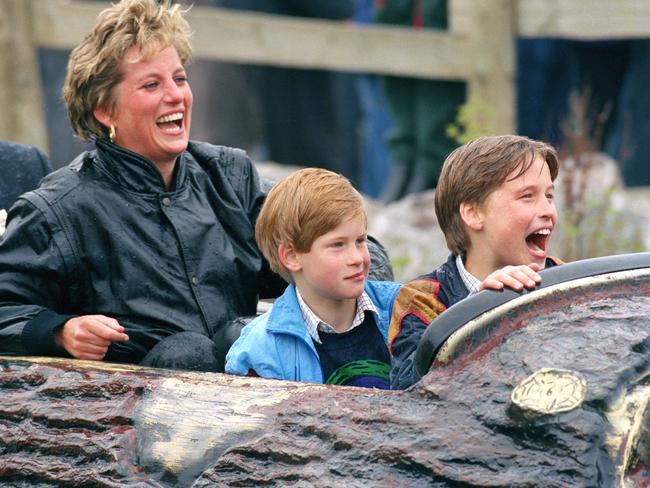
“Thirty-six years doesn’t seem like a particularly long time ago, but when Charles and Diana went on their first date they had a chaperone!” biographer Marcia Moody said. “That’s pretty indicative of how different times were then. They got engaged after about six months, and Diana was moved into a wing of Buckingham Palace, but between then and their wedding five months later Charles was away, so it certainly wasn’t anything like the experience of living together that William and Kate had. They were together for eight years before they married. William admitted in his engagement interview that lessons had been learned from the past.”
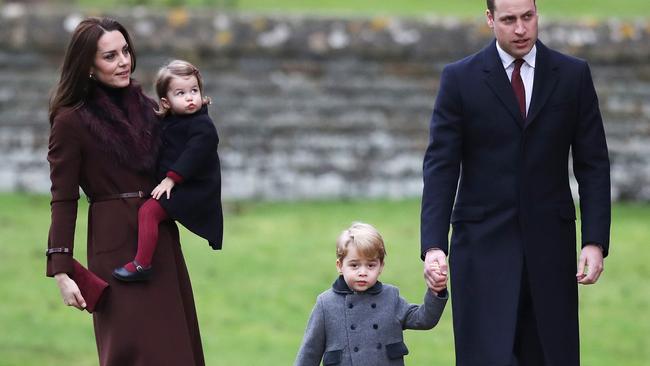
Indeed, as posh and proper as the Duchess of Cambridge seems, it’s hard to imagine her common background having passed royal muster 50 years ago. Her mother, a former flight attendant, and father made their fortune hawking party supplies, of all things.
All this mixing and mingling with regular people (albeit glitzy ones) has cast the young royals in a warm, appealing sheen.
William told GQ that, “I want George to grow up in a real, living environment, I don’t want him growing up behind palace walls, he has to be out there. I will fight for [him and Charlotte] to have a normal life.”
Before Kate, no future queen wore the same outfits — including ones from chain stores like Zara — over and over again to public events or did her own grocery shopping. Let alone take her husband round to “Mike and Carol’s” (her parents) for a Sunday roast. Like her late mother-in-law, Kate has opened up about her own struggles, admitting that being a new mum “is lonely at times. You do feel quite isolated,” she told a group of post-natal depression sufferers.
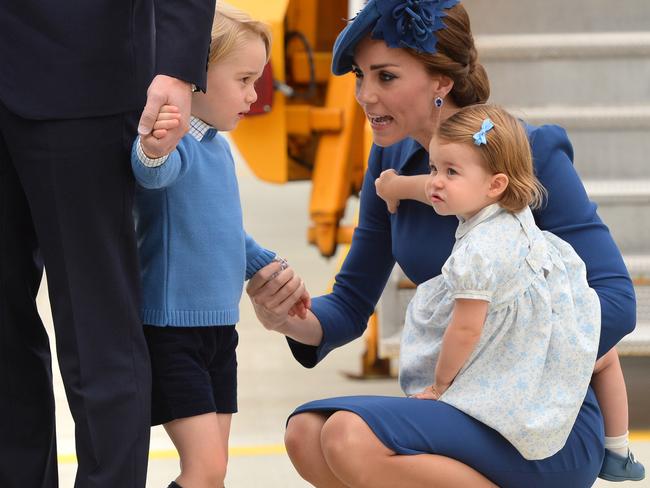
Most remarkably, there is Harry, who publicly, shamelessly shows a range of emotional depth never before seen in any Windsor, right down to his very honest plea to the press to treat his girlfriend and American actress Meghan Markle fairly.
Biographer Moody thinks these changes have saved the monarchy. “During the two world wars, the British public needed stability and strength from their royal family, but by the close of 1999 they wanted empathy and accessibility,” she said.
“Diana used to complain bitterly that the Windsors had no heart, that there was not an ounce of humanity in the entire family,” Andersen said. “Sadly, it took her death to change all that.”
This article originally appeared on The New York Post and has been republished here with permission

